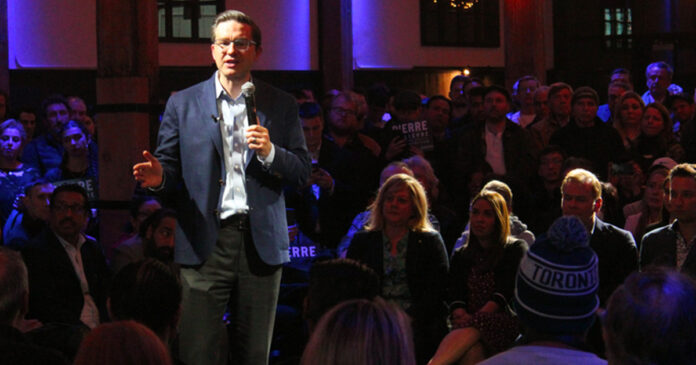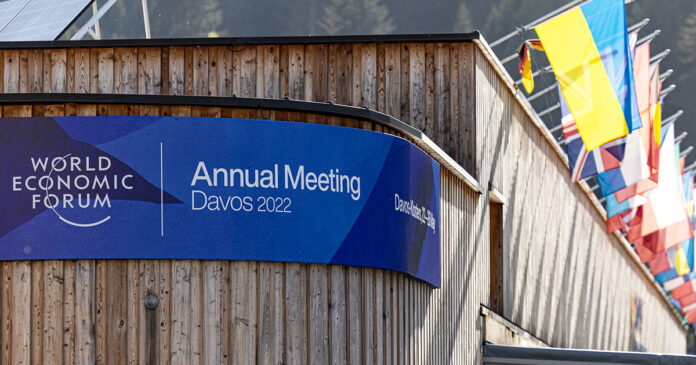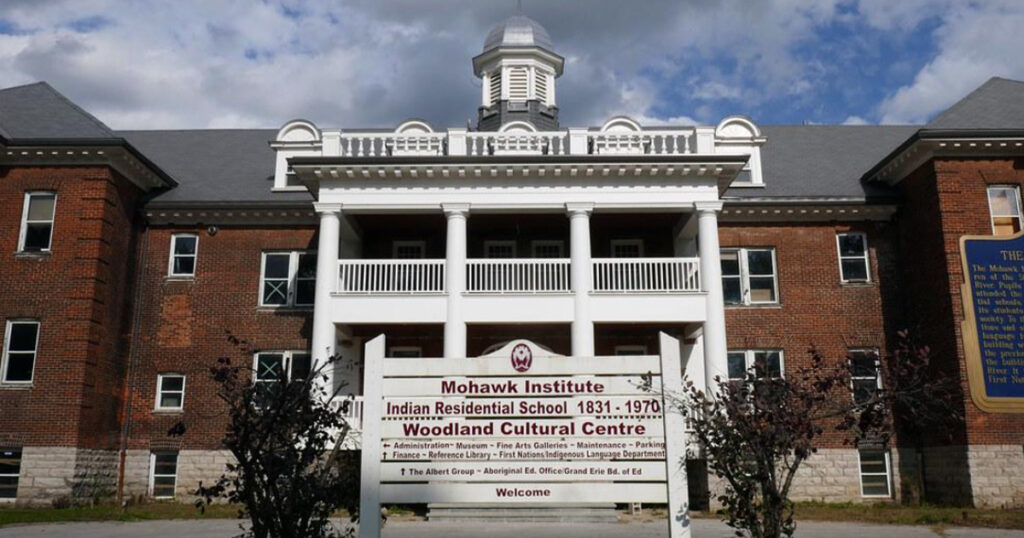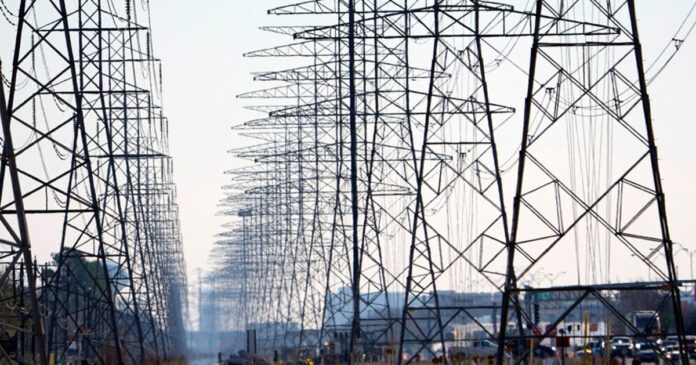The legacy media is doing everything it can to defend the World Economic Forum (WEF) from attacks by Conservative leadership frontrunner Pierre Poilievre.
Over the weekend, Poilievre announced that if he is elected prime minister, he would ban all top cabinet officials from attending the controversial conference.
“My ministers in my government will be banned from participating in the World Economic Forum when I’m in government,” said Poileivre. “Work for Canada. If you want to go to Davos – to that conference – make it a one-way ticket.”
Among the media personalities who leapt to the defence of the WEF was Globe and Mail columnist and frequent CBC guest Andrew Coyne.
After Alibaba Group president J. Michael Evans boasted about developing an “individual carbon footprint tracker,” to monitor people, Coyne seemed compelled to clarify that the monitoring would be up to individual users and not authorities.
Meanwhile, Global News anchor Mercedes Stephenson also came to the defence of the globalist organization, asking what Poilievre thinks “has changed about WEF” since former prime minister Stephen Harper attended the conference.
Similarly, CTV reporter Evan Solomon called Poilievre’s announcement odd and pointed to several high-profile Conservative Party members who have attended the WEF.
Globe and Mail journalist Robyn Urback mocked Poilievre for “banning certain people” from “something the internet told me was bad.”
Even some conservative media journalists seemed to have a problem with Poilievre’s position.
Toronto Sun columnist Brian Lilley called Poilievre’s ban on WEF attendance an “absolutely crazy point” and told the Conservative MP to “put down the hooka pipe.”
In an op-ed, Lilley also accused Poilievre of “buying and selling a false narrative” about the global organization and of shilling “conspiracy theories” to sell party memberships.
This is not the first time that Poilievre has attacked WEF during his campaign.
Earlier this month, he pledged to boycott the forum after being questioned by supporters at a campaign stop in Ontario.
@mikegray287 ♬ original sound – mikegray287
“I’m against the World Economic Forum,” Poilievre said. “Unlike Maxime Bernier, I’ve never been to the Davos conference that the World Economic Forum puts on, and he’ll have to explain why he went there and what he was doing there.”
“But I did not go to that, and I would not, nor will any of my ministers.”
At Polievre’s side was his wife Ana, who told supporters, “(h)is name was on the website, and we do not know why. We asked them why they put (his) name there. The only answer we got is that they published an article that he has published, but he has no affiliation.”
Poilievre has also denied any relationship with WEF in an interview with True North’s Andrew Lawton in March.
As exclusively reported by True North, last year the Trudeau government gave the WEF $3 million in taxpayer funding.
Currently, global policy makers are meeting in Davos, Switzerland to attend this year’s WEF summit. True North fellow Andrew Lawton has been reporting from the scene on the conference’s happenings.



























